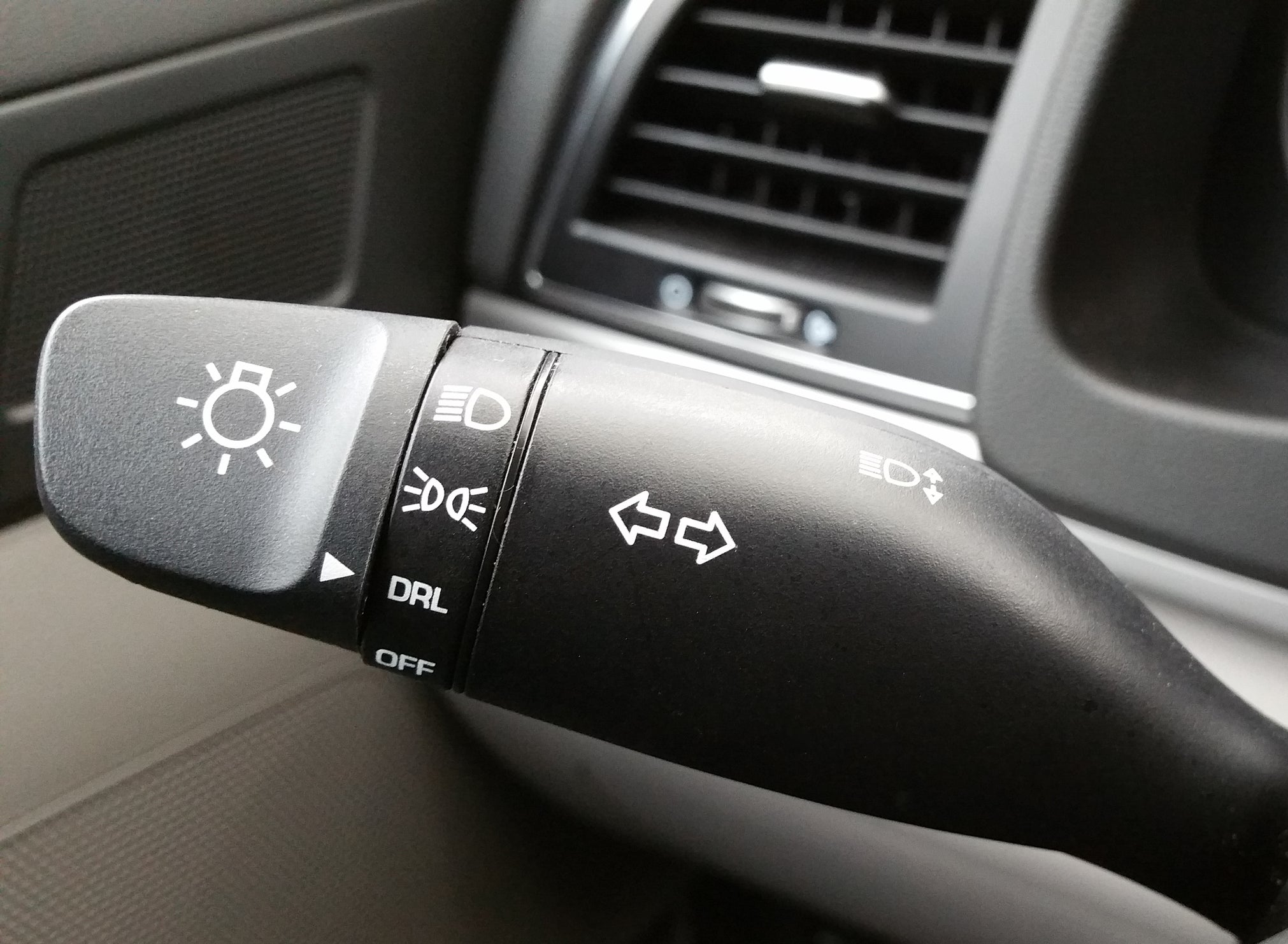As automotive technology advances, some of the familiar sounds and feels of our previous rides have become a thing of the past, and manufacturers are finding new ways to incorporate the experience of old tech into new vehicles.
On older vehicles, when the turn signal was activated, a metallic click sound was heard from under the dash. This came from a thermal flasher unit tucked near the fuse box, which was a small can the size of a “C” battery. The bimetallic strip heated up when power was applied which caused the strip to bend, then cool and return straight again. The strip was placed between two contacts, which toggled the turn signal bulbs on and off.
The click was a byproduct of the operation of the flasher, but it also gave an audible reminder that our turn signal was on. Now, the turn signal flashing job has been taken by a silent electronic flasher. The problem was drivers always had vehicles that had the click, and they missed it when it was made obsolete. To remedy this, manufacturers now play a simulated click or chime through the stereo speaker near the driver or a speaker in the instrument cluster.
There is also such a thing as simulated road feel, such as the brake pedal stroke simulator in Toyota’s Hybrid vehicles.
MORE: MotorHeadline: NASCAR, anyone?
In this system, there is no mechanical connection from the driver to the hydraulic part of the braking system. The stroke simulator takes the pressure input from the driver on how hard the pedal is pressed and turns it into an electrical signal output to the brake actuator, that does all the work for you.
This is considered to be “brake by wire.” Most electric only cars work this way as well, since braking is also performed by regeneration of the motor/generators and the regular braking system. Brake pedals with these systems simulate a regular system on a conventional car, down to the feel.
Recently, Dodge dropped a bomb on their performance customer base stating that they will no longer be selling their gasoline powered Charger or Challenger. This is a move that was met with wide criticism from their dealer community, enthusiasts and even police departments that rely on these high-performance vehicles.
Chrysler has decided to focus its efforts on fully electric vehicles and the performance that they bring. Released videos of the concept Dodge Charger Daytona SRT show the familiar shape of the retro Challenger-esque full sized car stays mostly intact. Company insiders also say it will be extremely close to their finished product when released next year.
The concept looks more like a face lift of the current Challenger; smoother but not strikingly so. The electric powertrain was not a surprise as Dodge had declared their intentions long ago. Their approach to EV is shockingly different from any other company currently serious about electric vehicles.
The biggest problem that most automotive enthusiasts have with EVs is their lack of “soul” from what I am hearing. Without the noise and vibration, which EVs in their natural state lack, it isn’t a genuine performance car.
MORE: MotorHeadline: Beware of new tax credit scam when shopping for electric vehicle
It doesn’t matter if the car is faster, handles better, and is more reliable if it isn’t fun.
Noise and rumble are part of the draw. Dodge sees this as an opportunity to get market share by providing some of this, even if it is simulated. With the addition of a simulated exhaust note that can reach 126 decibels, it is just as loud as their Hellcat performance editions.
Due to the nature of EVs, the transmission doesn’t have separate gears or shift points, but Dodge is programming in the familiar bumps felt at gear changes on performance automatic transmissions. This isn’t new, as many companies now do this with their gearless CVT transmissions in their gasoline powered cars.
Add all that together with retro badging, an 800-volt motor system capable of beating the current Hellcat models in every metric and aerodynamic cues from the aerospace industry. Will this lure the Mopar enthusiast into the EV area? Dodge is gambling big on odds that it will.
As for me, I guess I will have to drive it to understand their angle. The real impact of this technology will be seen in market share and unit sales. Until then, I’ll see you on the road!
Taylor Bryant is an automotives instructor for Augusta Technical College.










